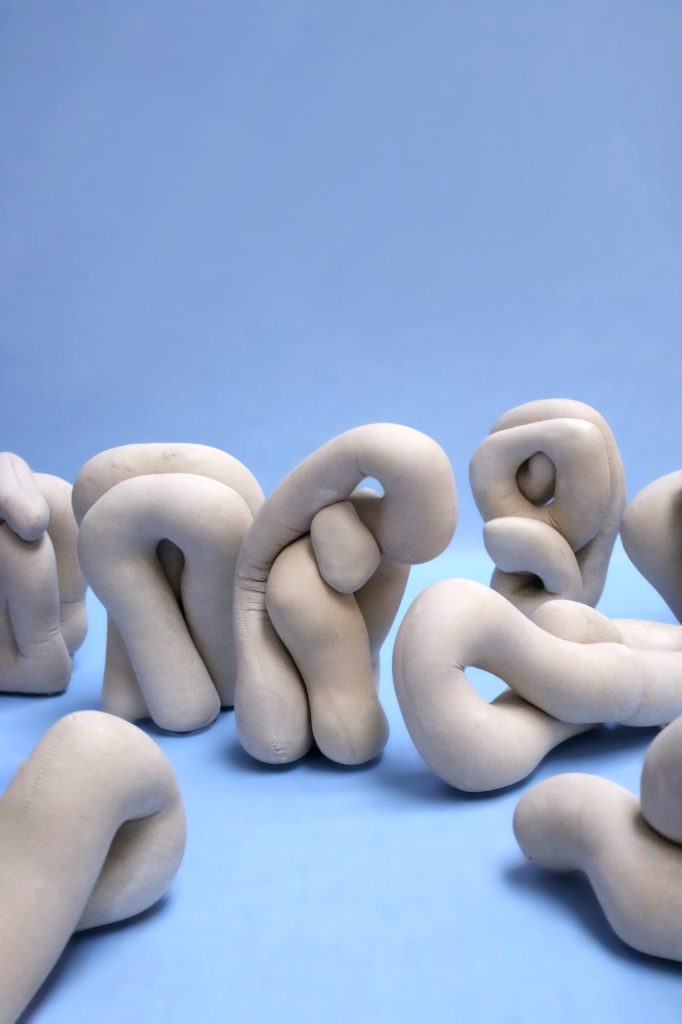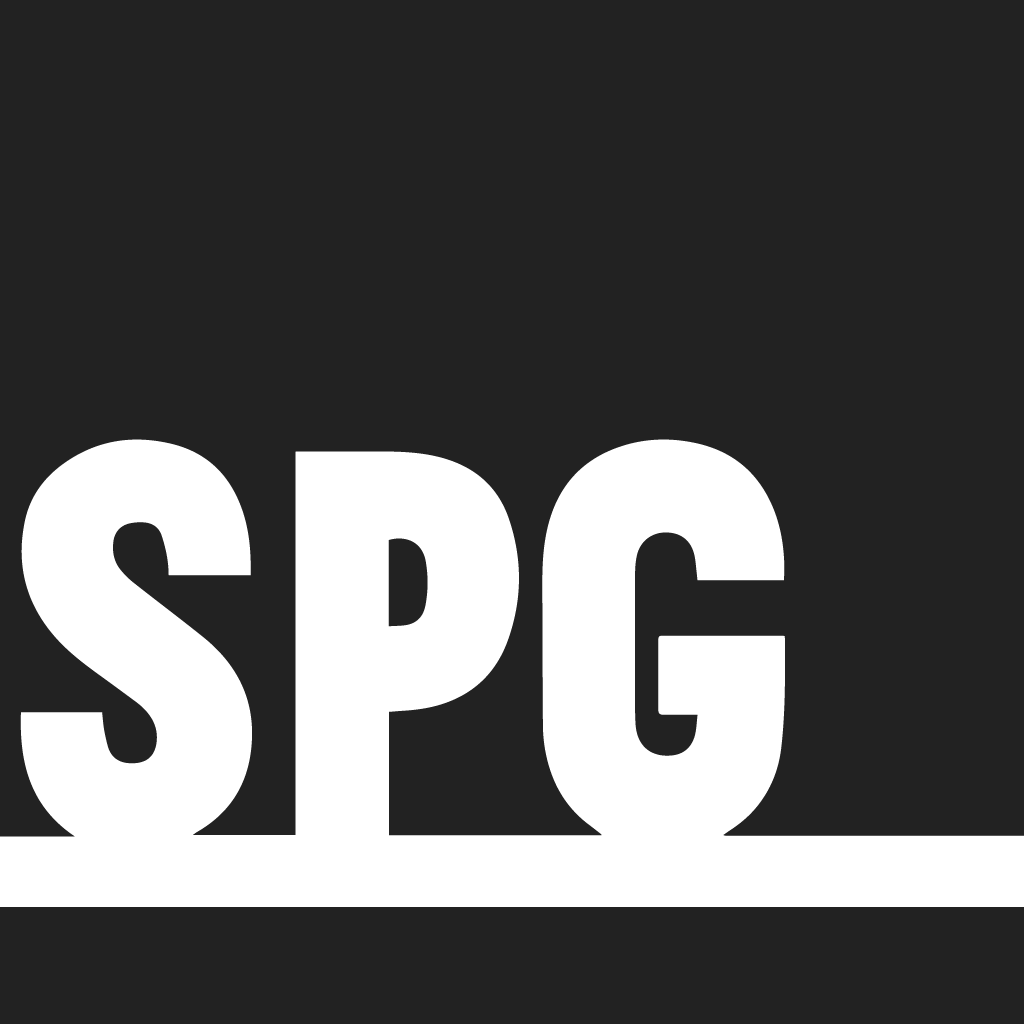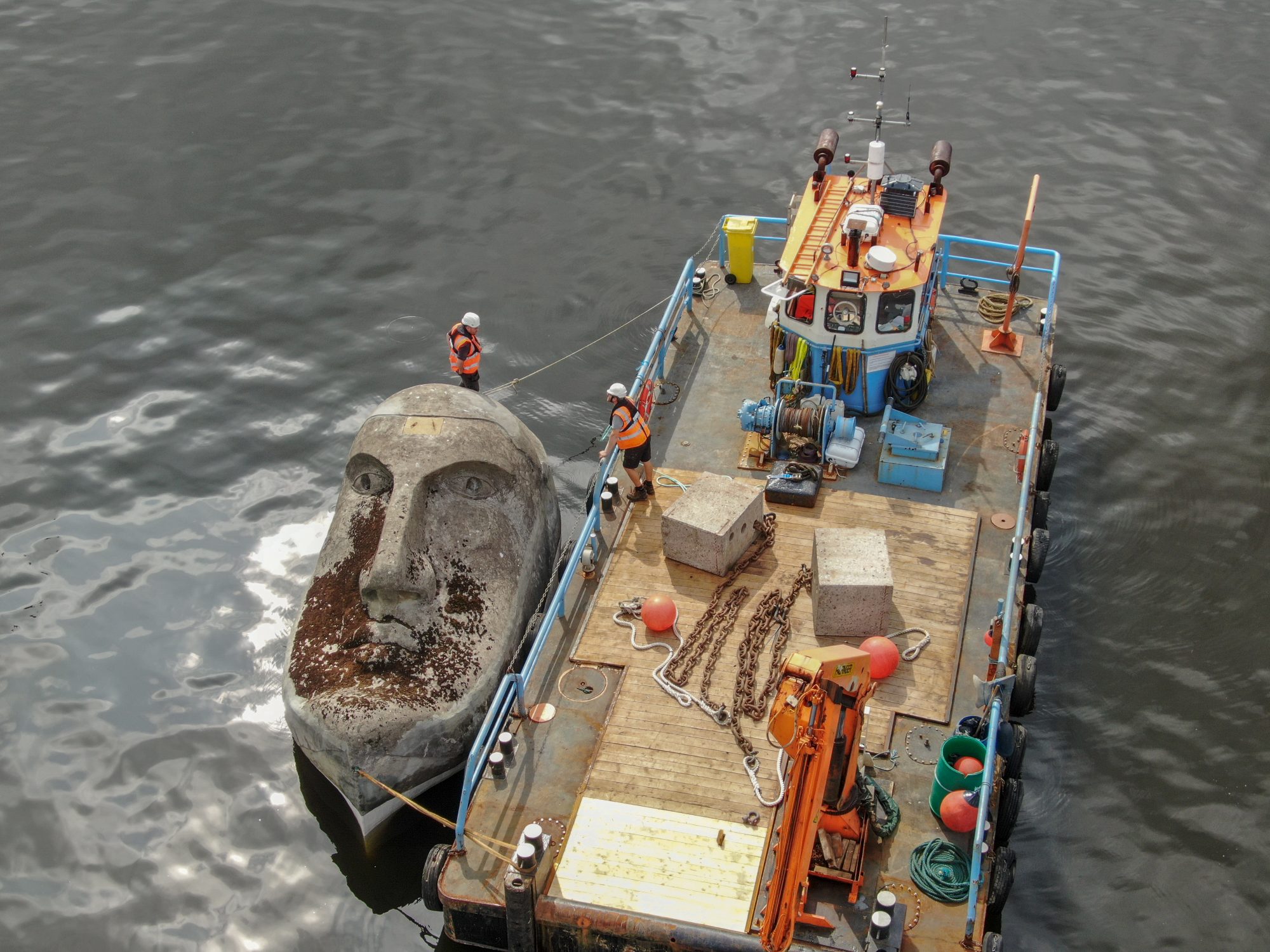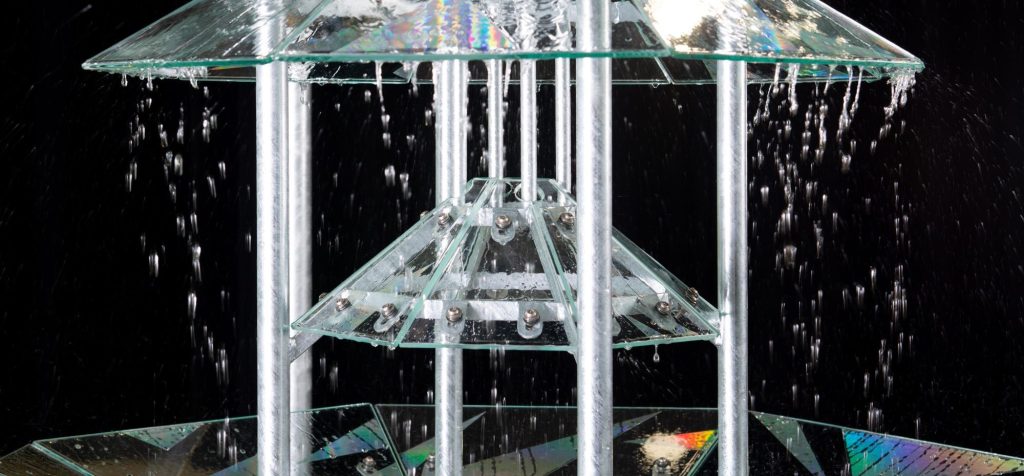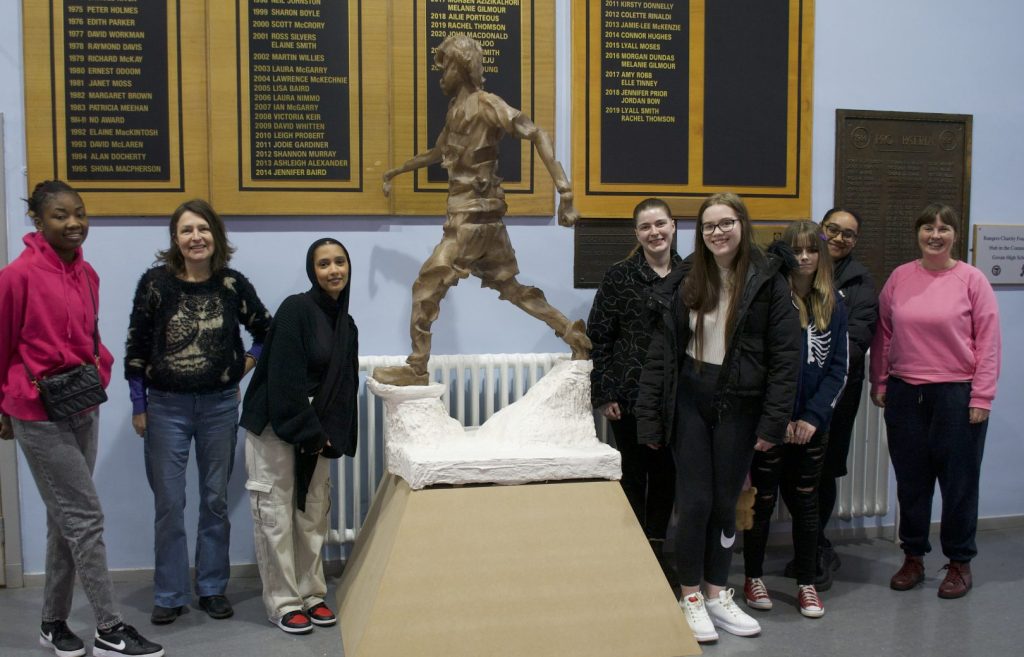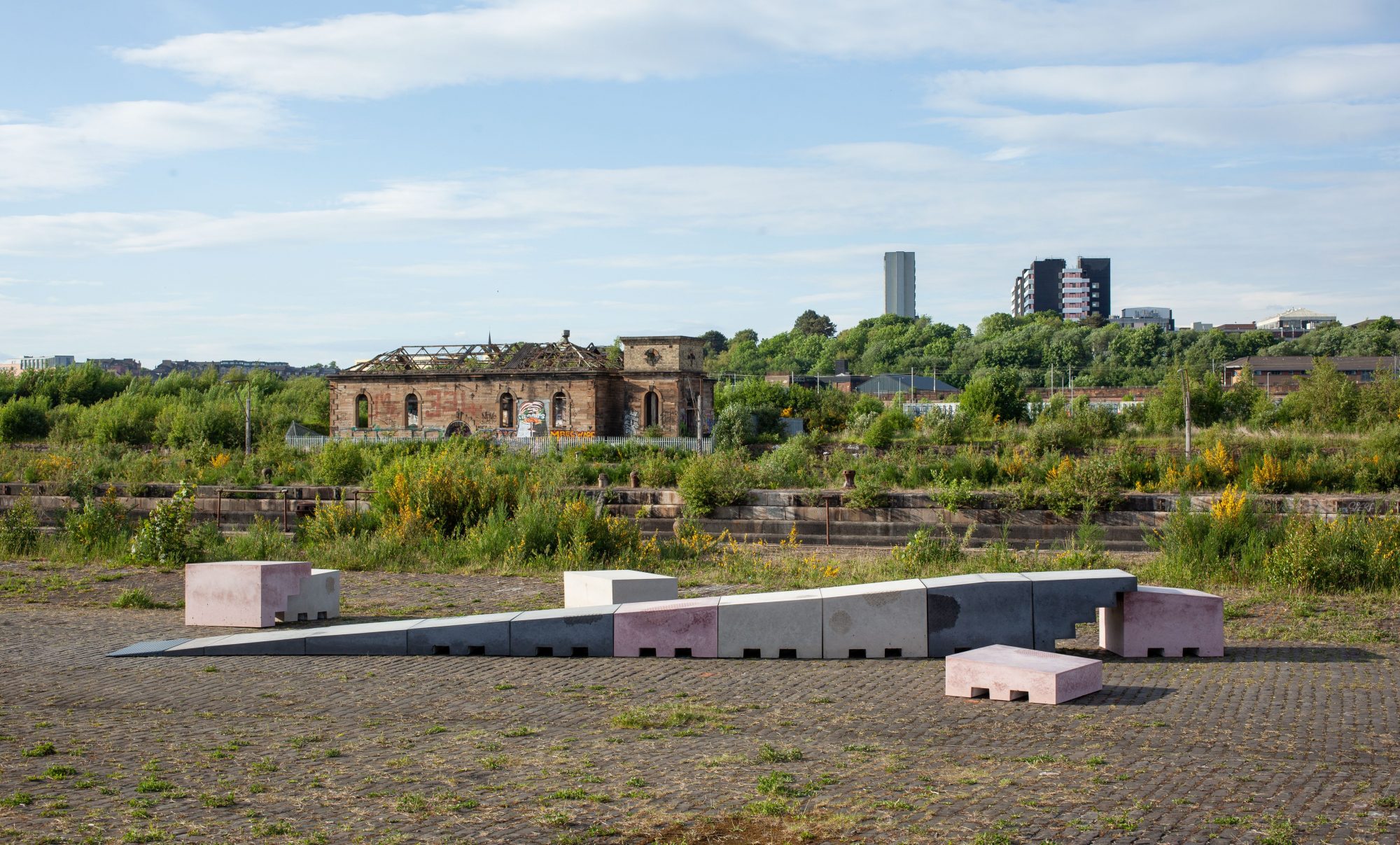Arts Resource Management Scotland
Exploring the idea of shared storage and resource management software across the Creative Industries in Scotland.
SCULPTURE OPEN CALL
We're looking for sculptures for both indoor and outdoor locations for storage and display. Submit your work.
Floating Head
Richard Groom, 1988
Floating Head is a significant artwork from the 1988 Glasgow Garden Festival. Crafted by Richard Groom, this 26-tonne floating sculpture symbolises Glasgow’s industrial history. SPG’s efforts to refurbish and display the sculpture highlighted challenges in artwork commissioning, preservation, and ownership. Through partnerships, fundraising, and public engagement, SPG showcased the artwork, explored its historical context, and addressed broader questions about the longevity and impact of cultural events like the Glasgow Garden Festival.
The Brolly, Maria Gondek, 2023
Celebrating Art and Community
Material Change
Podcast Series
Material Change is a series of conversations and interviews about the relationship between the visual arts and ecology. In these discussions, we talk to artists, designers, organisations and material researchers working in the context of the ecological emergency.
Team Sculpture
Empowering Youth Through Art
STEP
Jacqueline Donachie, 2021
Informed by our Floating Head project, we wanted to challenge the art commissioning process, by testing a model that planned the future life of the artwork at a much earlier stage – ideally at the point of commissioning. STEP was the first one of these, which we called an Acquisition Partnership, between artist Jacqueline Donachie and the Glasgow arts and events venue SWG3.
Circular Arts Network
Club
The community for affordable and sustainable art collection.
Since SPG Club started in 2020, we’ve been growing our community of art lovers, artists and individuals keen to start their own art collections. It’s a community joined by the core purpose of SPG – to make meaningful change in the visual arts.
the community for affordable and sustainable art collection.
Since SPG Club started in 2020, we’ve been growing our community of art lovers, artists and individuals keen to start their own art collections. It’s a community joined by the core purpose of SPG – to make meaningful change in the visual arts.
It’s an informative and affordable way to buy art and sculpture.
